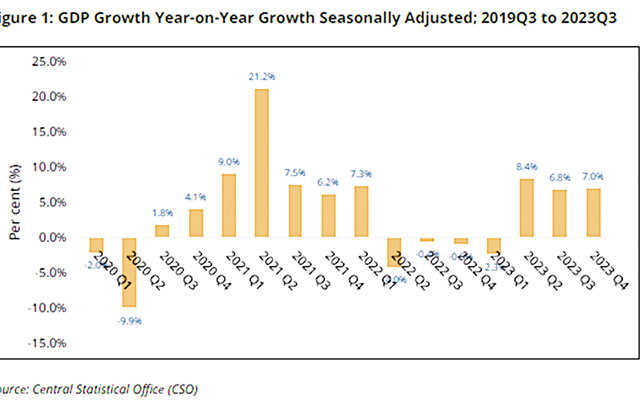By Kholwaphi Mdziniso | 2019-09-17

The nature of leadership is such that leaders have to add value to their organisations, and that is to say leaders ought to make every institution better than they found it.
The power vested in leaders is the tool that leaders use to create newness that will increase the value of the organisation.
Of the many responsibilities of a leader; fundamental is the ability to identify talent and nature leadership that will permeate through the organisation enabling the institution to increase in leaps and bounds.
Talent is what serious organisations look for when hiring and grooming people. Talent is defined as a natural aptitude or skill, one that is inborn in a child. Nurturing talent refers to helping people hone their natural abilities so that the organisations reap the best possible results from the team members.
Creating a leadership enabling environment
Until recently, organisations have relied primarily on formal development programmes to train the next generation of leaders. But without a healthy workplace environment, even high-potential candidates cannot grow and thrive.
A study conducted in 2016 called “Human Capital Trends” done by Bersin. A stated that 30 per cent of organisations researched admitted their leadership pipeline was weak or very weak; nearly 90 per cent saw it as a critical business challenge. The study identified that organisations with weak leadership pipelines rely primarily on formal development training programmes to prepare future leaders, while insufficiently acknowledging the effects of culture and organisation design
Darler A, Abbertellon A &Gary S. (2016) cites five key areas and practices that are of essence in developing and nurturing future leadership:
Less mature and in exposed institutions often neglect to identify and communicate the capabilities, behaviours, and attributes of successful leaders. In these environments, workers strive to become the kinds of leaders they think the organisation wants. In contrast, companies that effectively communicate a clear definition of successful leadership are five times more likely to excel at identifying and developing effective leaders.
Failures can be costly, so it is little wonder many budding leaders avoid taking risks. Ironically, risk intolerance often ends up costing employers more. According to organisations whose culture values risk-taking, defined as sharing new concepts and ideas are five times more likely to excel at anticipating and responding to change effectively, and seven times more likely to innovate well than companies that are intolerant of risk-taking.
In today’s fast-changing markets, adapting quickly is essential to staying competitive, and many of the best-led companies intentionally nurture ecosystems that encourage their talent to challenge norms.
iii) Use knowledge-sharing as a tool for leadership development.
It’s an unfortunate reality that many people consider knowledge a possession to hoard because they fear that sharing it will diminish their competitive edge. Ironically, refusing to share knowledge eventually can prevent them from reaching their full potential. The Bersin report cites that those companies with effective knowledge-sharing practices are four times more likely to improve their processes and increase efficiency because they allow leaders to leverage ideas percolating in the organisation and broader market.
Research cites that 84 per cent of global organisations offer some formal training in leadership development, and 76 per cent aim to develop leaders through skill-building activities such as job rotations.
While these efforts are commendable, exposing leaders in various roles to one another is the most effective instruction the organisation can provide. Exposure to peers and to colleagues, customer feedback social networks, and more, is a highly effective way to train leaders.
Typically, organisations that offer opportunities that expose leaders create an environment in which talent can easily gather valuable, relevant business intelligence. In fact, organisations that offer exposure as part of their leadership development efforts are twice as likely to innovate and anticipate change compared to organisations that offer only formal training programmes.
The days when HR was a separate entity from the business are ending. Developing the best leaders today typically requires ongoing collaboration between the business and HR on talent, leadership, and workforce planning initiatives. Organisations that connect HR with business leaders in a mutually supportive way are six times more likely to excel at identifying and developing leaders.
share story
Post Your Comments Below

The ministry of health has announced the arrival of vital medicines and medical supplies.
On Saturday One Billion Rising Eswatini held a mountain circle hike in partnership with the Proje...

Eswatini's economic activity, measured by Gross Domestic Product (GDP), grew at a steady pace of ...

Minister of Information, Communication and Technology (ICT) Savannah Maziya says there is a criti...
All material © Swazi Observer. Material may not be published or reproduced in any form without prior written permission.
Design by Real Image Internet